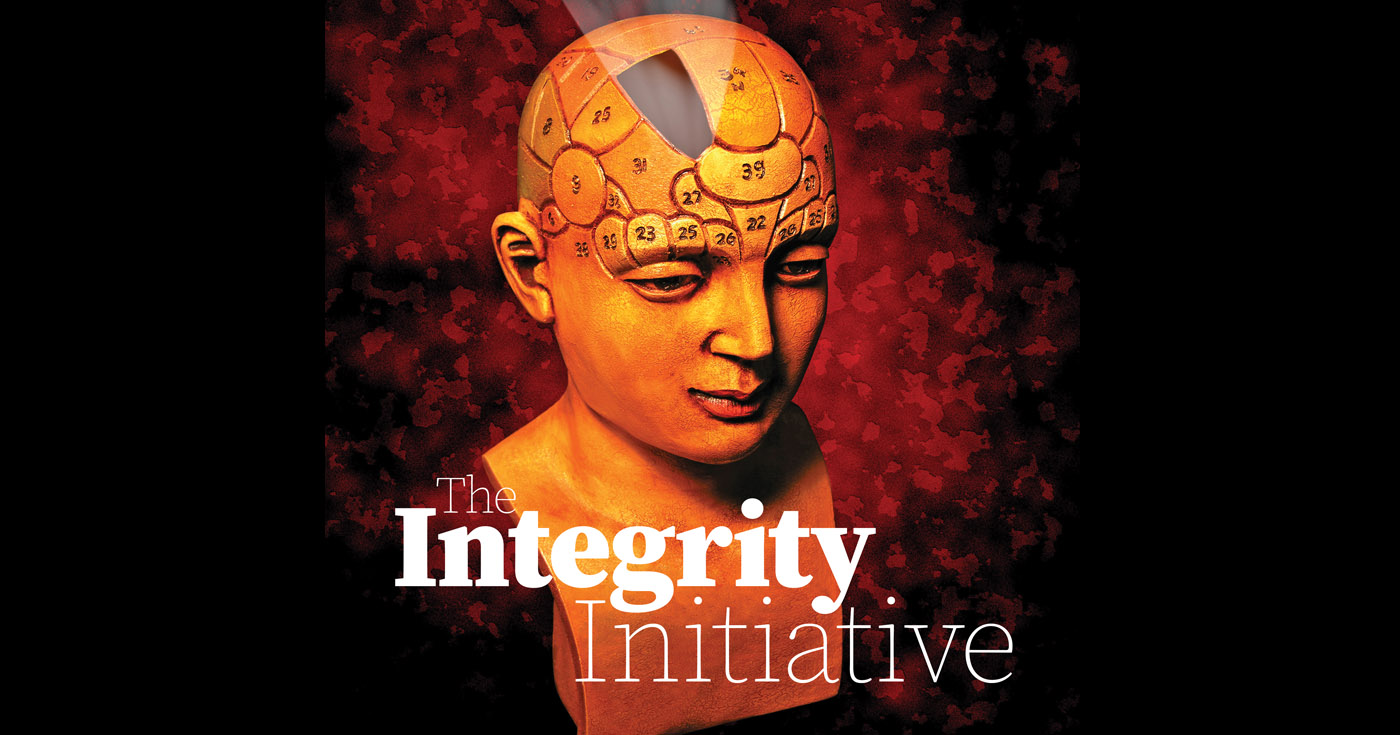IF countries in the Asia and the Pacific, like the Philippines, will achieve the Sustainable Development Goals (SDGs) by 2030, their government must turn to innovative financing models.
In a report, the United Nations Economic and Social Commission for Asia and the Pacific (Unescap) Korea’s Science and Technology Policy Institute (Stepi) said meeting the SDGs worldwide could amount to $2.5 trillion.
The Unescap and Stepi said the amount cannot be financed by donors and governments alone, thereby requiring the use of innovative financing models.
“It is imperative to implement innovations that can divert private capital toward development objectives to help bridge the SDG financing gap,” UN Undersecretary-General and Executive Secretary of Escap Shamshad Akhtar said.
“The Innovative Financing for Development in Asia and the Pacific report aims to spark ideas and knowledge sharing to help stimulate further action to develop the innovative financing solutions urgently required for the advancement of the 2030 agenda,” she added.
These innovative financing models include the Women’s Livelihood Bond (WLB), which provided $8 million for microfinance institutions in Cambodia, the Philippines and Vietnam.
The bond specifications included a 5.65-percent coupon and a four-year tenor. The social return on investment of the WLB was estimated at $2.5 of social value for every dollar invested.
The report stated that WLB was effective in meeting the targets under SDG 5 “Gender Equality and Women’s Empowerment,” SDG 8 “Decent Work and Economic Growth” and SDG 17 “Partnerships for the Goals.”
“The initiative was designed to be replicable in a variety of countries and contexts and to offer attractive rates of risk-adjusted returns to investors who are interested in a double bottom line—economic and social returns,” the report stated.
The WLB was able to provide some 385,000 women with access to credit, essential goods and services that enhance their well-being, and technology, as well as market linkages.
The bonds also generated over $13 million in improved financial resilience by empowering women to increase income and savings, thereby promoting economies’ demographic dividend.
The report added the WLB mobilized $20 of private-sector investment capital for every $1 of grant funding provided to structure the instrument.
The WLB also brought together two banks, five law firms and two donor agencies to come together for a common goal.
This bond was just one of several case studies presented in the report. The case studies focused on various financing model innovations, such as the India Impact Investers Council, the Thai social investment taskforce, India’s corporate social responsibility law, the problem-solving R and D program of the Republic of Korea, and the Social Outcomes Fund in Malaysia.
“Public policy plays a key role in enabling innovative financing for development by creating a favorable ecosystem where private capital pays more attention on SDGs,” according to Dr. Song Jong-guk, president of Stepi, a leading Korean policy think tank in the field of science, technology and innovation.
The report analyzes this and other innovative financing mechanisms in five core areas, namely: strategic leadership models that promote impact investing; policies that unlock corporate investment for development; private-sector financing products for development; innovative public financing models for science, technology and innovation; and systemic approaches to finance and innovation as means for development.
Key recommendations for governments include developing an impact investing strategic road map to guide the development of an innovative financing movement.
The report also underlines the need for governments to provide incentives for the private sector (for example through public procurement or tax incentives) to move from economic-driven investments to impact investments that generate social, environmental and financial returns.






























